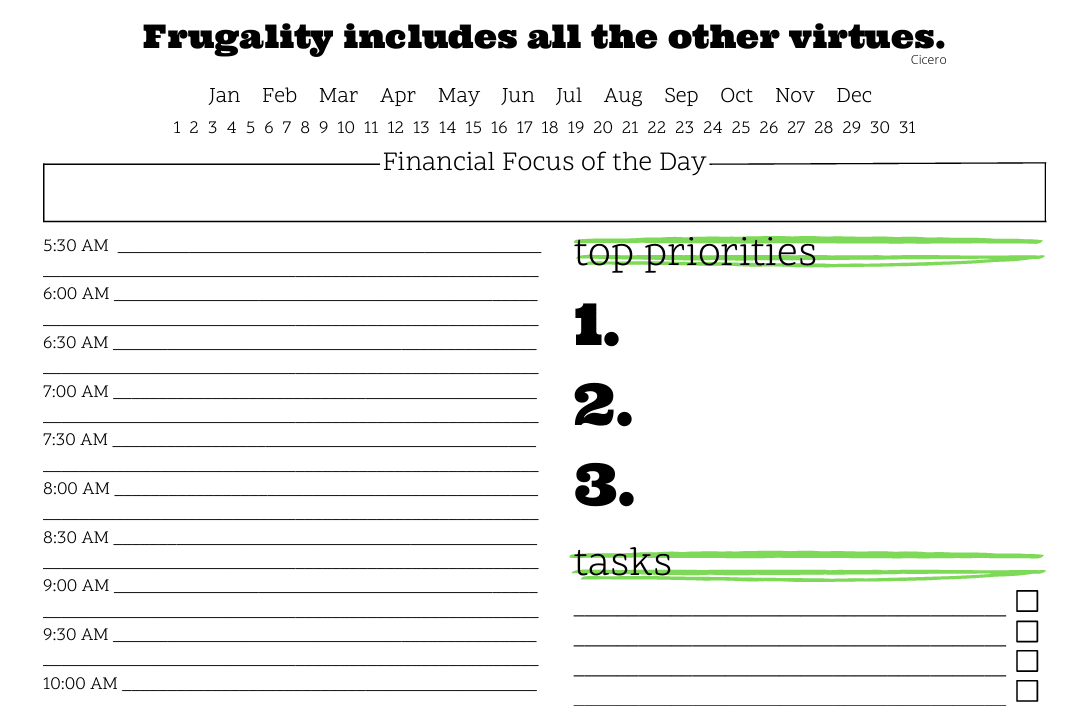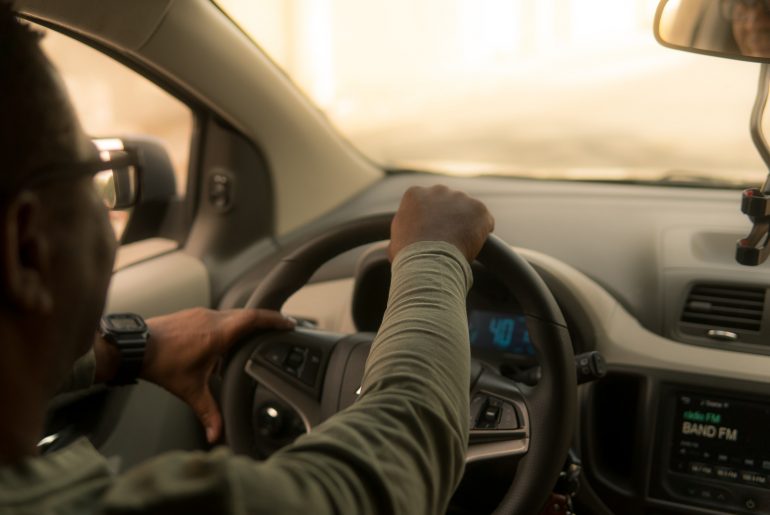This article may contain references to products or services from one or more of our advertisers or partners. We may receive compensation when you click on links to those products or services. Nonetheless, our opinions are our own.
The information presented in this article is accurate to the best of our knowledge at the time of publication. However, information is subject to change, and no guarantees are made about the continued accuracy or completeness of this content after its publication date.

Updated by Albert Fang
Lyft vs. Uber: Qualifying as a Driver
Many people have put public transportation and taxis on the back burner due to the rise in popularity of ride share apps like Lyft and Uber. Although many of us were taught to be wary of riding in someone else’s car, ride sharing has proven to be a lifesaver for many passengers and a lucrative income opportunity for many drivers. Choosing between Uber and Lyft, or both, is an important decision for a new rideshare driver who wants to get started in the industry. Many people choose one over the other because of the differences in the qualifications and approval processes of the drivers. So, what are the similarities and differences of driver requirements between Uber vs. Lyft? How different is Lyft background check vs Uber? To learn more, keep reading.
What Every Driver Should Know
Uber and Lyft are two of the most popular ride-sharing services in the United States, and many people can make money driving for either service. Some people do it as a side gig, while others have turned it into a full-time opportunity. Knowing the difference between the approval processes for drivers of the two services is important for anyone looking to earn money as a rideshare driver.
What drivers earn
As a general rule, driving with Uber Ride-share is considered to be more lucrative than delivering with Uber Eats, but some drivers combine working for both services in order to maximize their earnings. Lyft also offers bonuses, and the maximum is $5,000 in some areas.
Vehicle requirements
Both Uber and Lyft rely on drivers to provide their own cars and pay for their own gas and maintenance, though there are some key differences between the two services when it comes to vehicles. A 2002 and younger car model is required by Uber in most cities. Lyft has specific requirements for newer vehicles in certain cities, 2004 or younger. A four-door vehicle is required for both of these services. For tolls and passenger vehicle damage, both services reimburse drivers, but requires drivers to file claims with the companies in order to be reimbursed.
Qualifications for drivers
Drivers with Uber must submit proof of a valid driver’s license for the region in which they will be working, proof of vehicle insurance, proof of residency, be over 18 years old with three years of driving experience if under 21, and one year of experience if over 21, and proof of insurance. Additionally, drivers with Uber must provide documentation that their vehicles have undergone safety inspections (including a roadworthiness check), proof of insurance, and proof of vehicle registration. Uber requires that the vehicles meet the company’s minimum standards. As independent contractors, drivers with Uber are responsible for paying their own taxes and completing the 1099 form.
Lyft drivers are required to have a valid driver’s license, proof of insurance, and proof of vehicle registration, and they must be at least 21 years old. Vehicles must have a minimum of five seatbelts and a minimum of four doors. One year of driving experience is required, as well as a background check that includes checks for sex offender databases and any convictions for both large and small crimes or acts of terrorism. In addition, a new driver’s drug-related offenses can disqualify them from the process and Lyft also runs a check on a driver’s driving record.
Summary
Those who drive with a rideshare company as a side gig can earn enough money to make it their primary source of earnings. Although there are some differences between Uber and Lyft’s screening processes, both companies prioritize the safety of both drivers and passengers, and they go to great lengths to weed out potential drivers who could endanger the safety of other users. Both services have rating systems for drivers and passengers, and drivers can decline a passenger with a low rating who may have previously behaved in an unprofessional manner for others. Both services prefer that their drivers do not work for competitors, but this is not prohibited, and as a result, many ride share drivers find that working withboth companies is an especially rewarding experience, especially since the Lyft background check vs Uber check arenot so different.
FAQ
Which company has the widest service area?
Lyft operates in about half the countries and cities that Uber does, so Uber is more likely to be available in any major city where a ride is needed.
How is tipping handled?
After the ride has ended, you can leave a tip on Lyft for up to 72 hours; on Uber for up to 30 minutes after it’s finished.

Reviewed and edited by Albert Fang.
See a typo or want to suggest an edit/revision to the content? Use the contact us form to provide feedback.
At FangWallet, we value editorial integrity and open collaboration in curating quality content for readers to enjoy. Much appreciated for the assist.
Did you like our article and find it insightful? We encourage sharing the article link with family and friends to benefit as well - better yet, sharing on social media. Thank you for the support! 🍉
Article Title: Driver Background Check: Uber vs. Lyft
https://fangwallet.com/2022/06/11/driver-background-check-uber-vs-lyft/The FangWallet Promise
FangWallet is an editorially independent resource - founded on breaking down challenging financial concepts for anyone to understand since 2014. While we adhere to editorial integrity, note that this post may contain references to products from our partners.
The FangWallet promise is always to have your best interest in mind and be transparent and honest about the financial picture.
Become an Insider

Subscribe to get a free daily budget planner printable to help get your money on track!
Make passive money the right way. No spam.
Editorial Disclaimer: The editorial content on this page is not provided by any of the companies mentioned. The opinions expressed here are the author's alone.
The content of this website is for informational purposes only and does not represent investment advice, or an offer or solicitation to buy or sell any security, investment, or product. Investors are encouraged to do their own due diligence, and, if necessary, consult professional advising before making any investment decisions. Investing involves a high degree of risk, and financial losses may occur including the potential loss of principal.
Source Citation References:
+ Inspo












































